A 26” fat bike with disc brakes offers superior stability, traction, and reliable stopping power across diverse terrains. The wide 4-inch tires provide excellent grip and shock absorption on snow, sand, and mud, while disc brakes—especially hydraulic—ensure consistent, powerful braking performance in all weather conditions, enhancing control and safety for riders in challenging environments.
How Do 26” Fat Tires Improve Stability and Traction?
The 26” fat tires, typically 4 inches or wider, increase the contact patch with the ground, distributing the rider’s weight evenly and improving balance. This results in enhanced stability on loose or uneven surfaces such as snow, sand, and rocky trails. Their ability to run at low tire pressures absorbs shocks and vibrations, providing a smoother ride and better traction, which reduces fatigue and increases rider confidence.
Chart: Stability and Traction Benefits of 26” Fat Tires
| Feature | Benefit |
|---|---|
| Wide 4-inch Tires | Larger ground contact for better grip |
| Low Tire Pressure | Enhanced shock absorption and comfort |
| Weight Distribution | Improved balance on loose terrain |
Why Are Disc Brakes Essential for a 26” Fat Bike?
Disc brakes deliver powerful and consistent stopping force, independent of rim condition or weather. Unlike rim brakes, disc brakes maintain performance in wet, muddy, or snowy conditions, crucial for fat bikes often used in such environments. Hydraulic disc brakes provide smooth modulation and require less hand effort, improving control during descents or sudden stops. Additionally, disc brakes reduce rim wear and eliminate the risk of overheating tires on long downhill rides.
Which Terrains Benefit Most from a 26” Fat Bike with Disc Brakes?
A 26” fat bike with disc brakes excels on challenging terrains like snow, mud, sand, and rocky trails. The fat tires offer superior grip and stability on loose or slippery surfaces, while disc brakes provide reliable stopping power in wet or uneven conditions. This combination is perfect for off-road adventures, mountainous regions, and urban areas with poor road quality, ensuring enhanced control and safety across diverse, demanding environments.
A 26” fat bike equipped with disc brakes excels on:
- Snow and icy trails, where wide tires prevent sinking and brakes maintain grip.
- Sandy beaches and dunes, offering flotation and reliable stopping.
- Muddy, rocky, and uneven mountain paths, providing traction and controlled braking.
- Urban roads and mixed surfaces, ensuring safety and comfort in variable conditions.
This versatility makes it ideal for riders seeking an all-terrain bike with dependable stopping power.
How Does a 26” Fat Bike with Disc Brakes Enhance Rider Safety?
The combination of fat tires and disc brakes significantly improves safety by providing superior traction and stopping power. Fat tires reduce the chance of slipping, while disc brakes offer shorter stopping distances and better control in emergencies. The reliability of disc brakes in adverse weather conditions reduces accident risks, and their durability minimizes maintenance issues, keeping braking performance consistent over time.
Why Is TST EBike’s 26” Fat Tire Model a Strong Choice?
TST EBike’s 26” fat tire models come equipped with wide 4-inch tires and hydraulic disc brakes, designed for rough terrains like snow and sand. Their durable frames, powerful motors, and reliable braking systems provide enhanced stability and safety. TST EBike’s commitment to quality and affordability makes these models ideal for riders who want a fat bike that performs well in challenging conditions without breaking the bank.
Buying Tips
When purchasing a 26” fat bike with disc brakes, consider these points:
- Ensure the bike has hydraulic disc brakes for the best modulation and stopping power.
- Check that tires are at least 4 inches wide for optimal traction and comfort.
- Look for a durable frame material like aluminum or chromoly steel.
- Confirm compatibility with your riding terrain—snow, sand, or urban roads.
- Test brake responsiveness and tire grip during a test ride.
- Verify maintenance accessibility and parts availability.
These tips will help you select a 26” fat bike with disc brakes that balances performance, safety, and durability.
TST EBike Expert Views
“TST EBike’s 26-inch fat tire models with hydraulic disc brakes are engineered to provide unmatched control and safety across challenging terrains. The wide tires ensure stability and comfort, while the disc brakes deliver consistent stopping power in all weather. This combination empowers riders to tackle snow, sand, and rough trails confidently, making TST EBike a reliable choice for adventure and daily riding.” – TST EBike Product Specialist
FAQ
Are disc brakes better than rim brakes on a 26” fat bike?
Yes, disc brakes offer stronger, more consistent stopping power, especially in wet or muddy conditions, making them superior for fat bikes.
How wide should the tires be on a 26” fat bike?
Tires 4 inches or wider provide the best traction, stability, and comfort on varied terrains.
Do disc brakes require more maintenance?
Hydraulic disc brakes require occasional bleeding and pad replacement but generally offer reliable performance with less frequent adjustments than rim brakes.
Can a 26” fat bike with disc brakes handle snow and sand?
Absolutely, the wide tires and powerful disc brakes make it ideal for maintaining control and safety on snow and sandy surfaces.
A 26” fat bike with disc brakes uniquely combines wide, stable tires and powerful braking to deliver superior traction, control, and safety across diverse terrains. With models like those from TST EBike, riders gain a versatile, durable bike built for adventure and confidence.

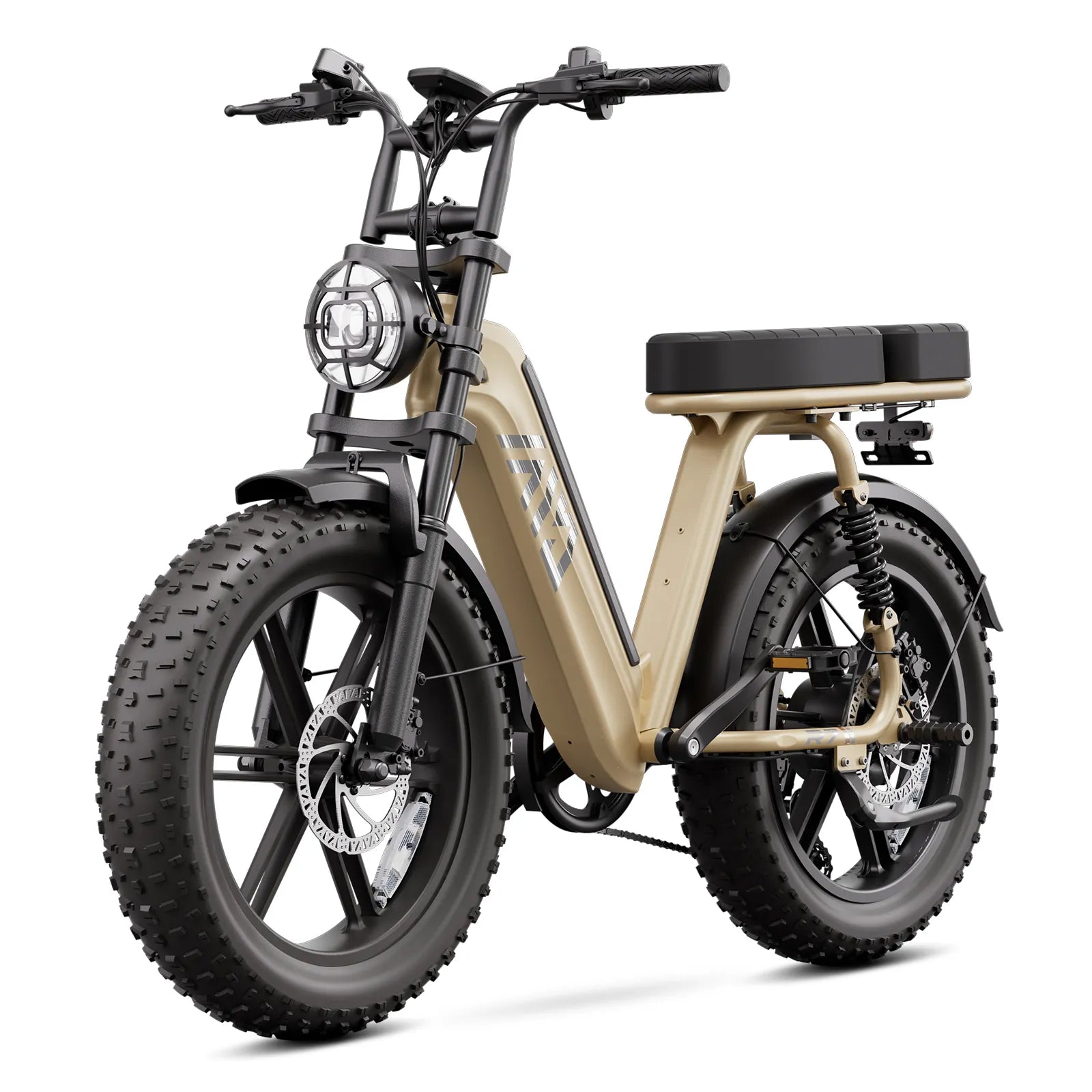
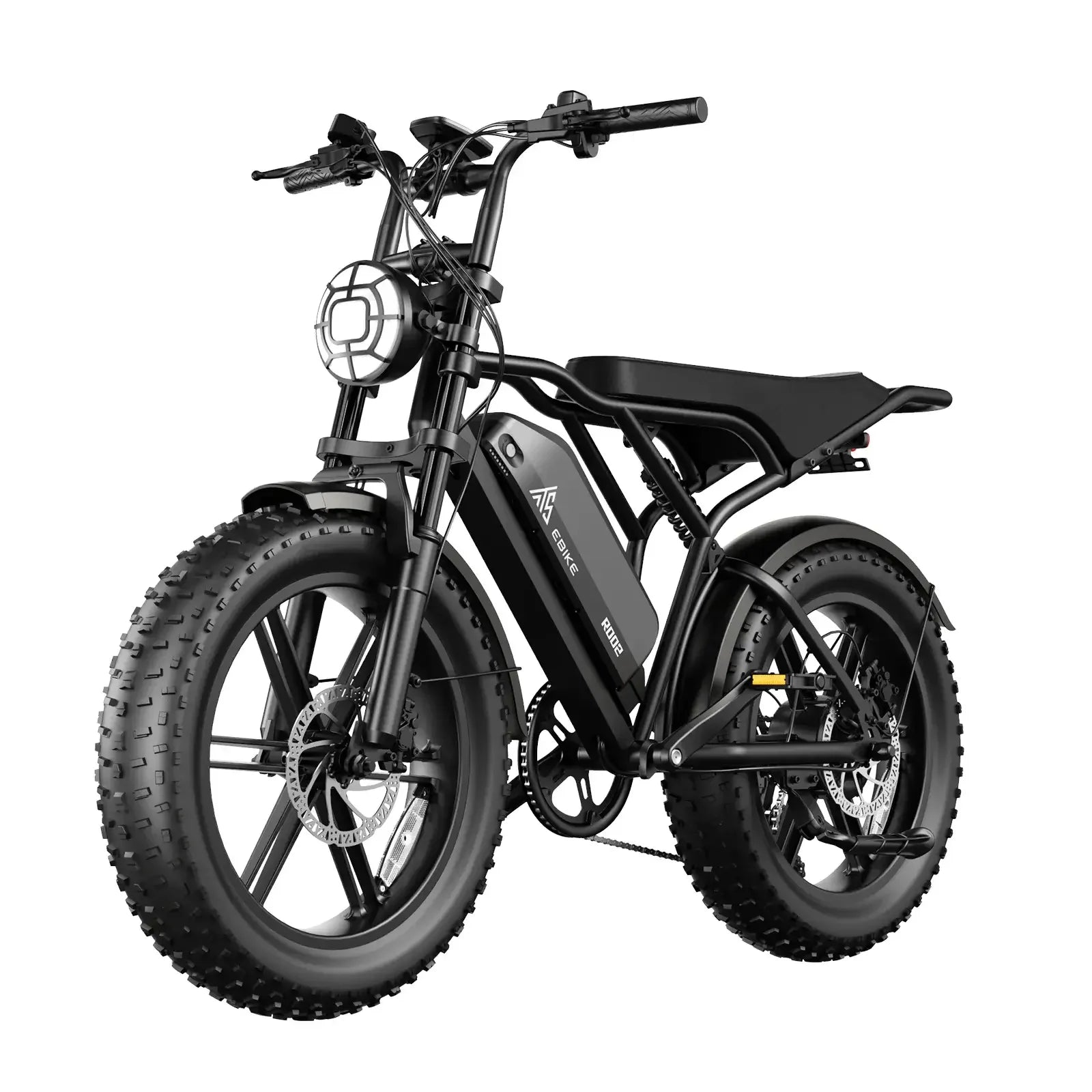

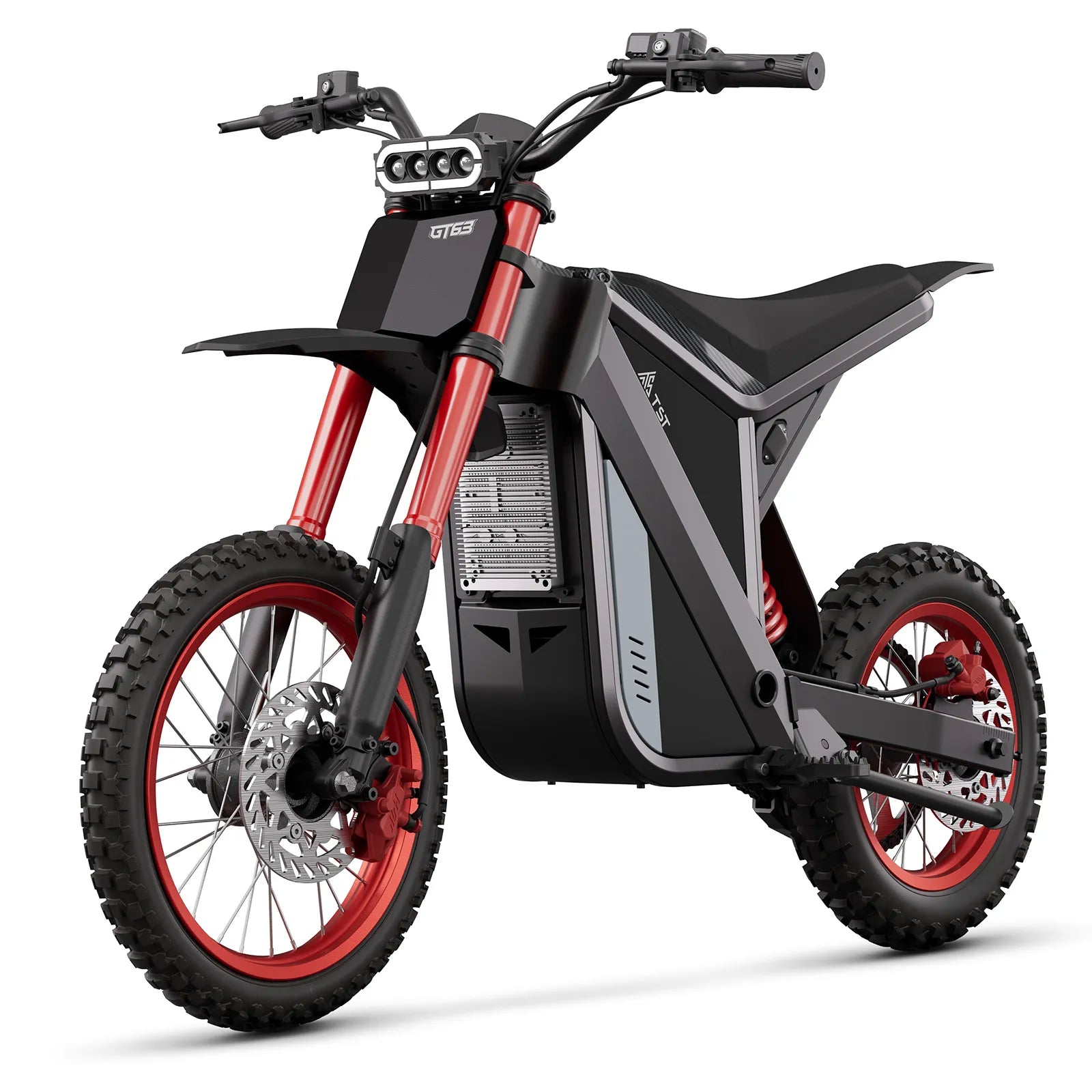
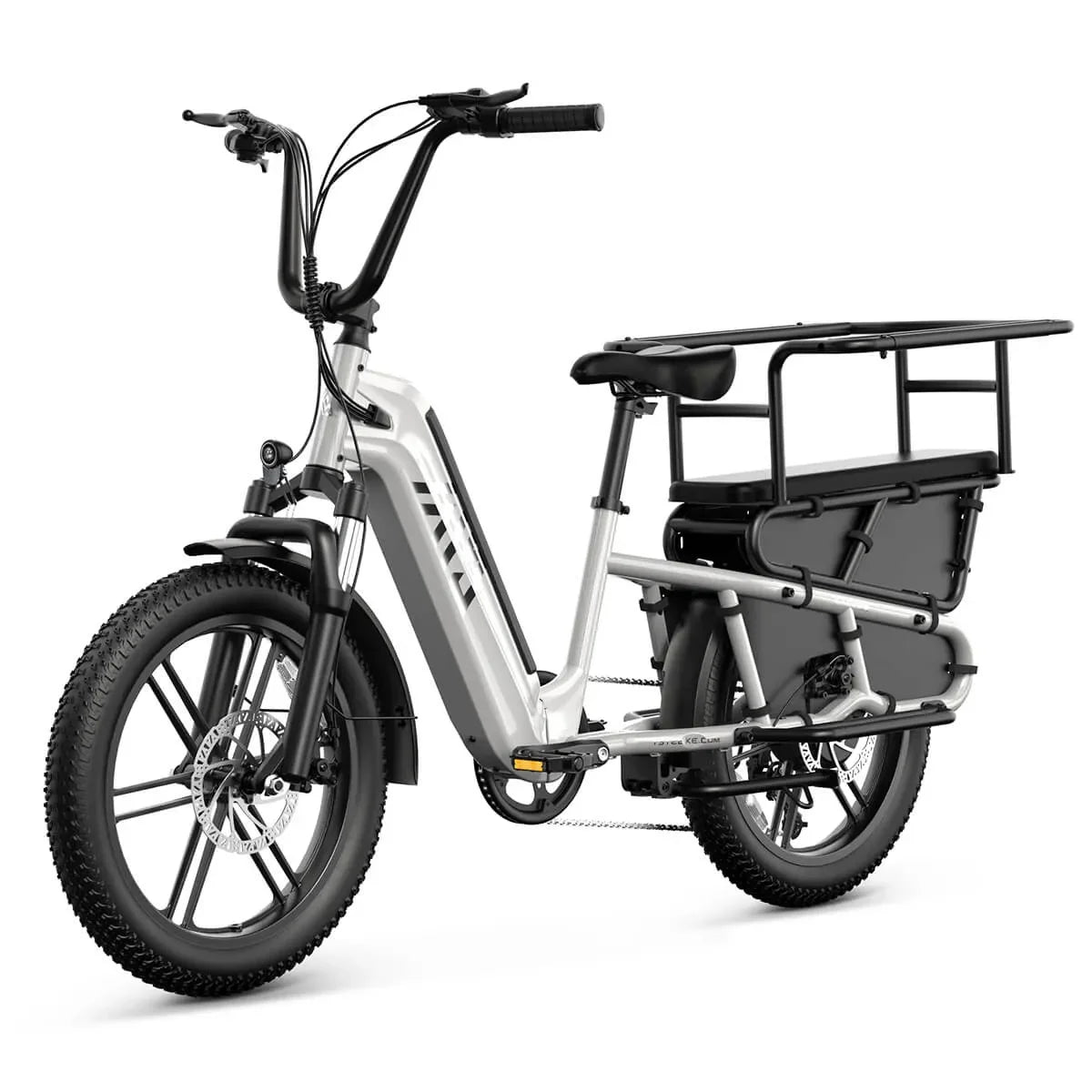
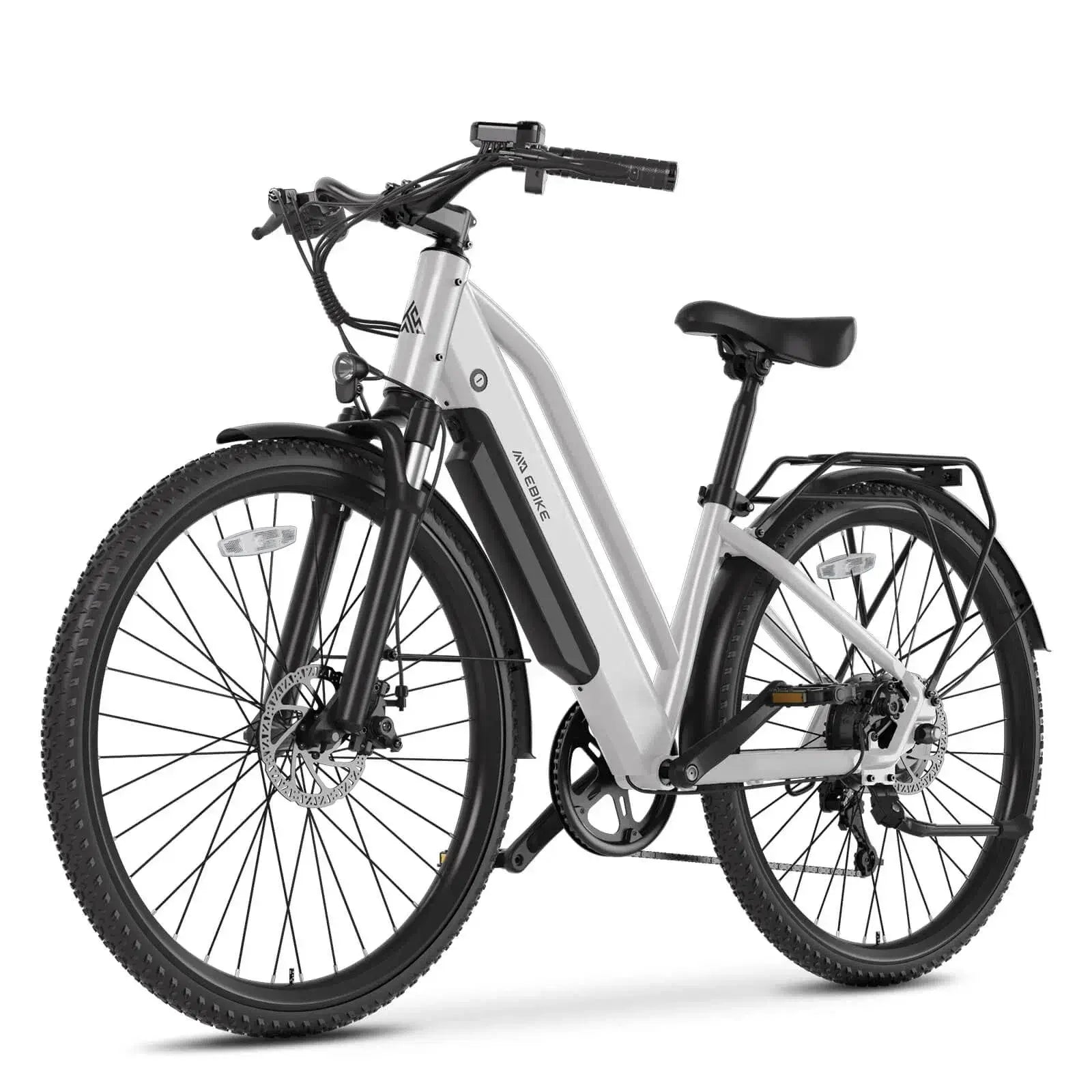
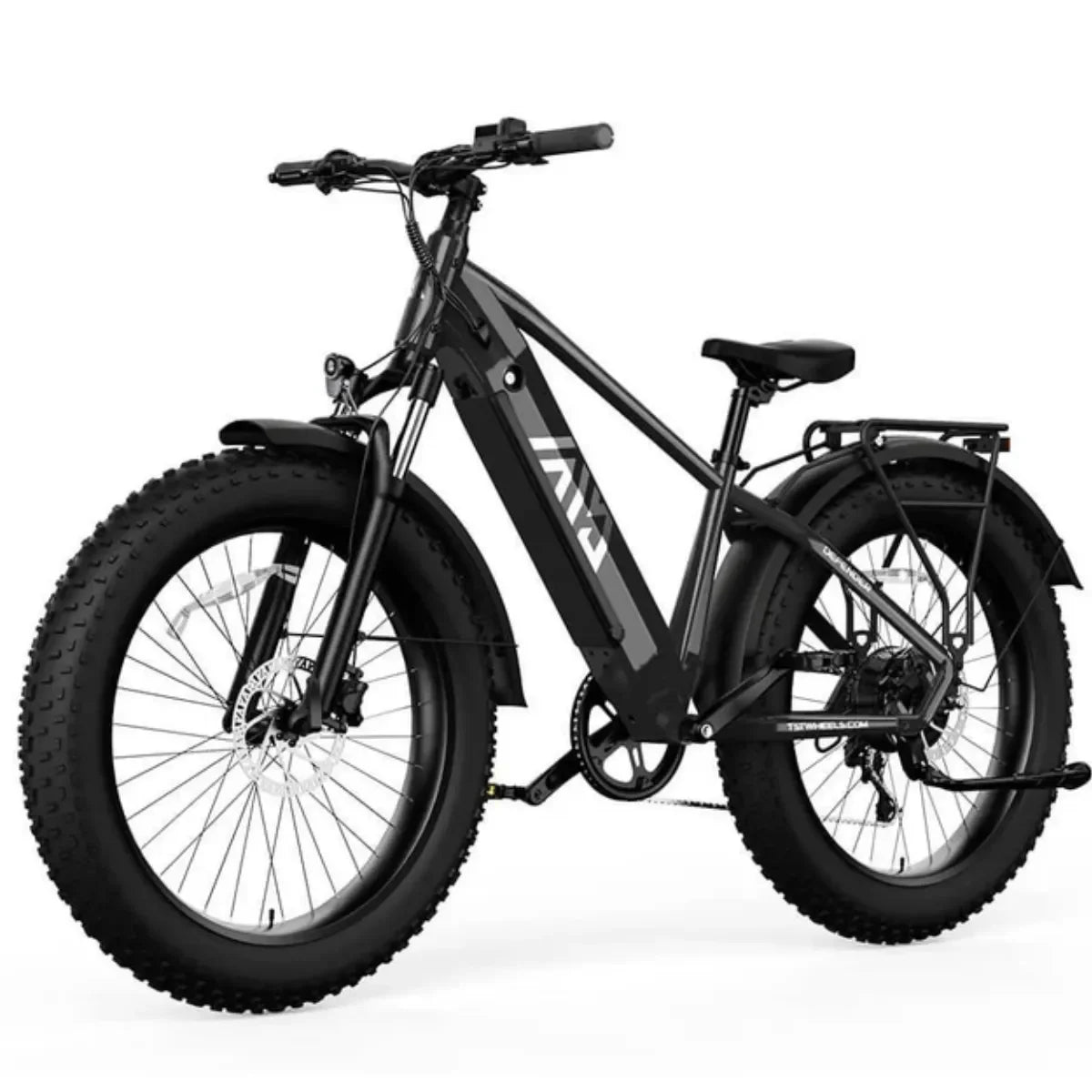
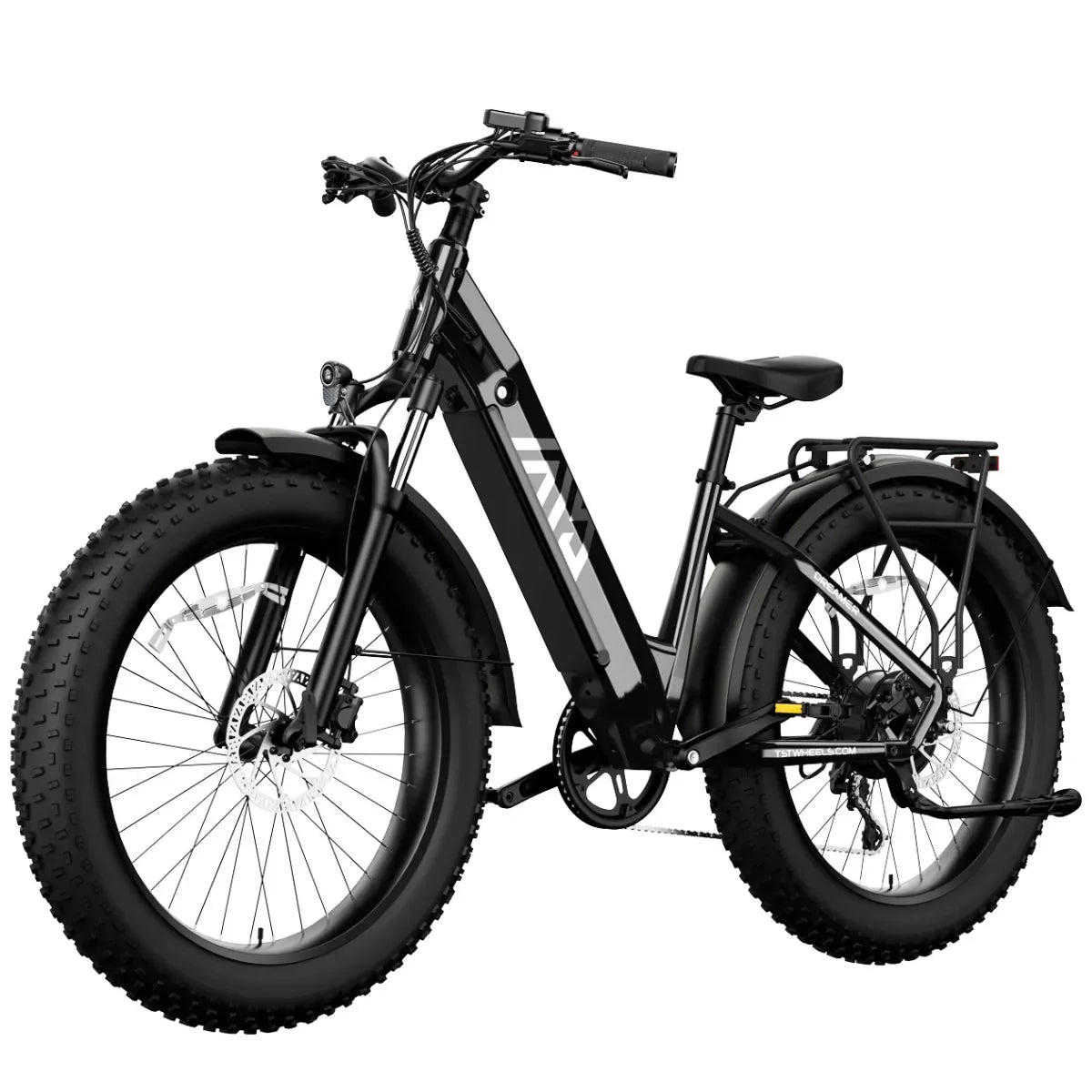

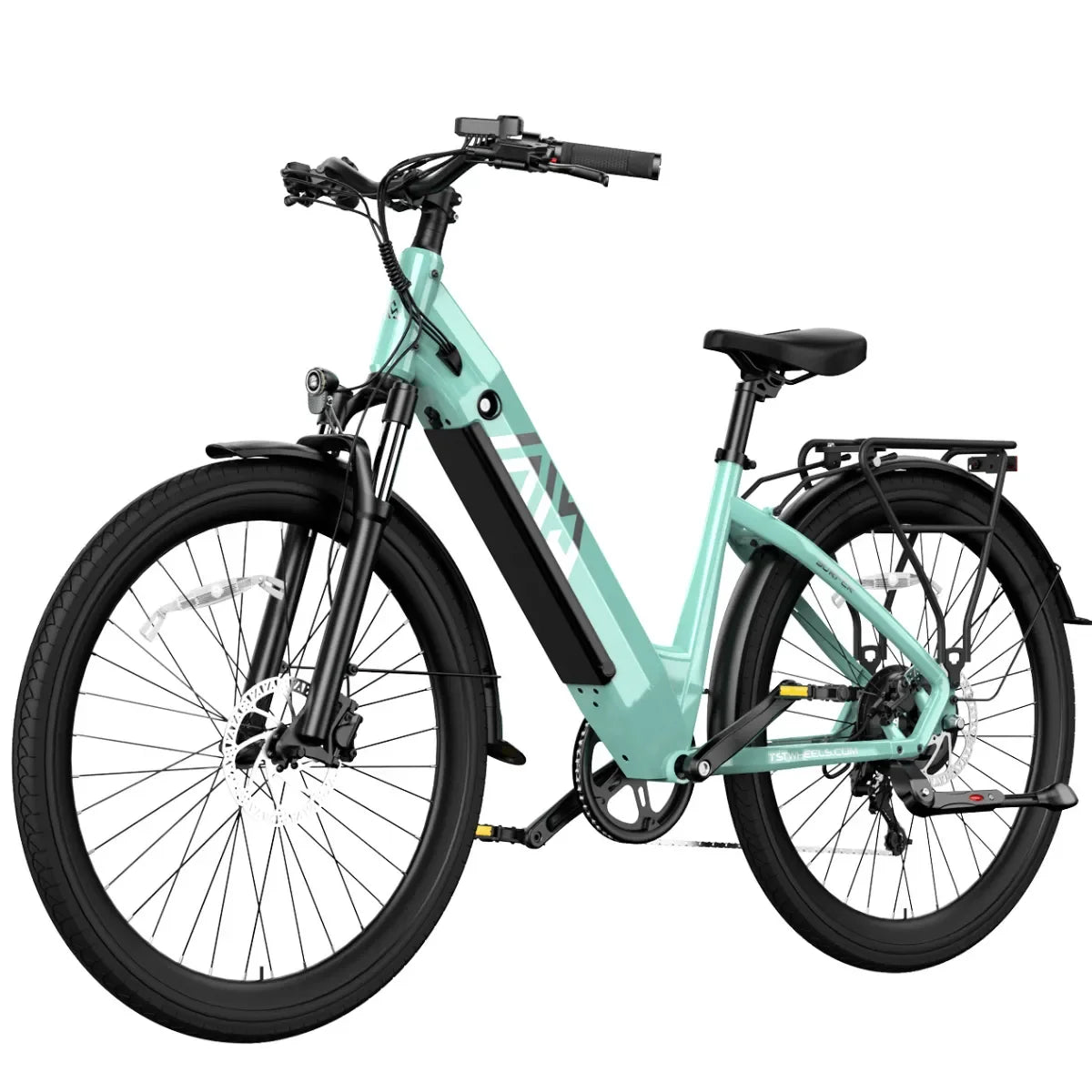
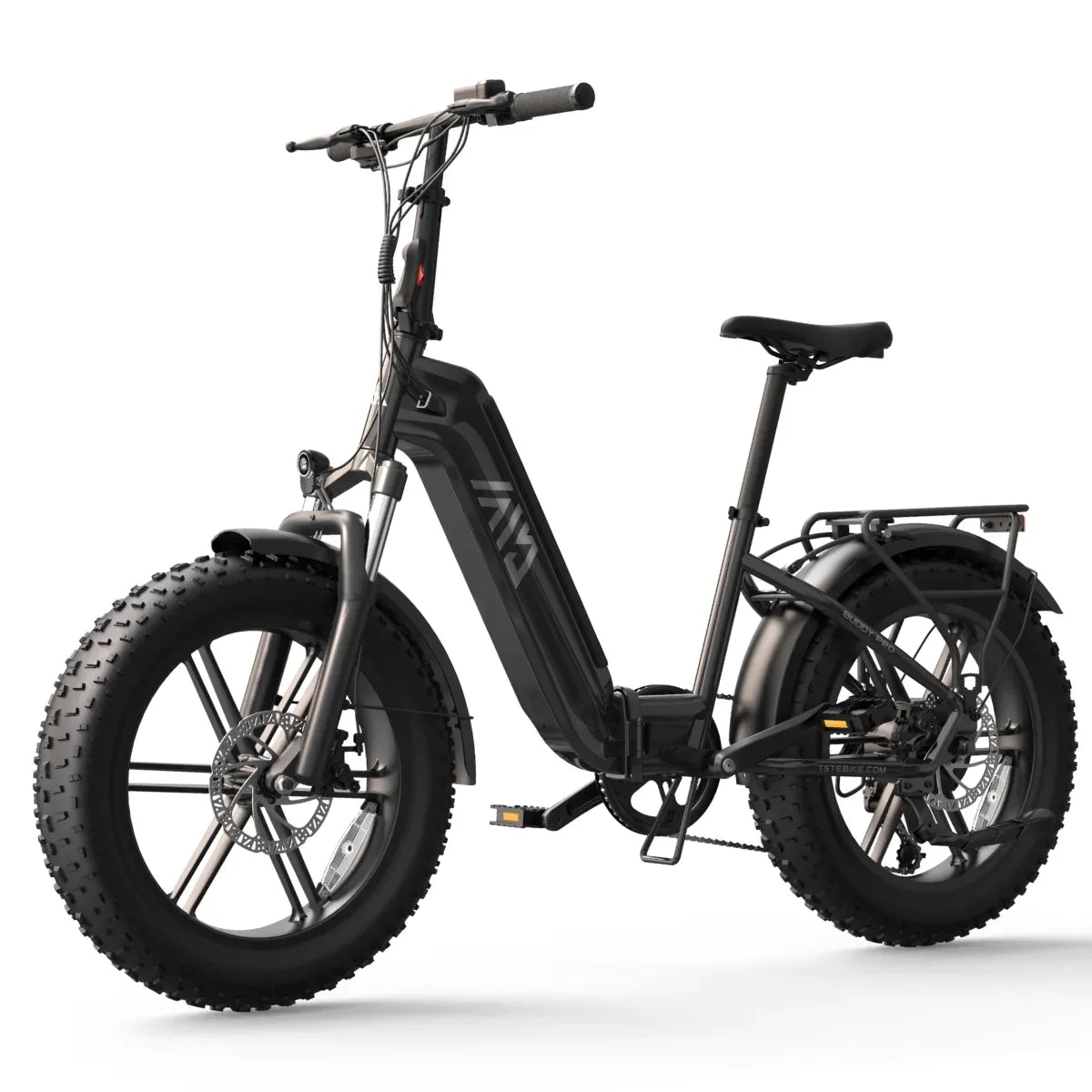
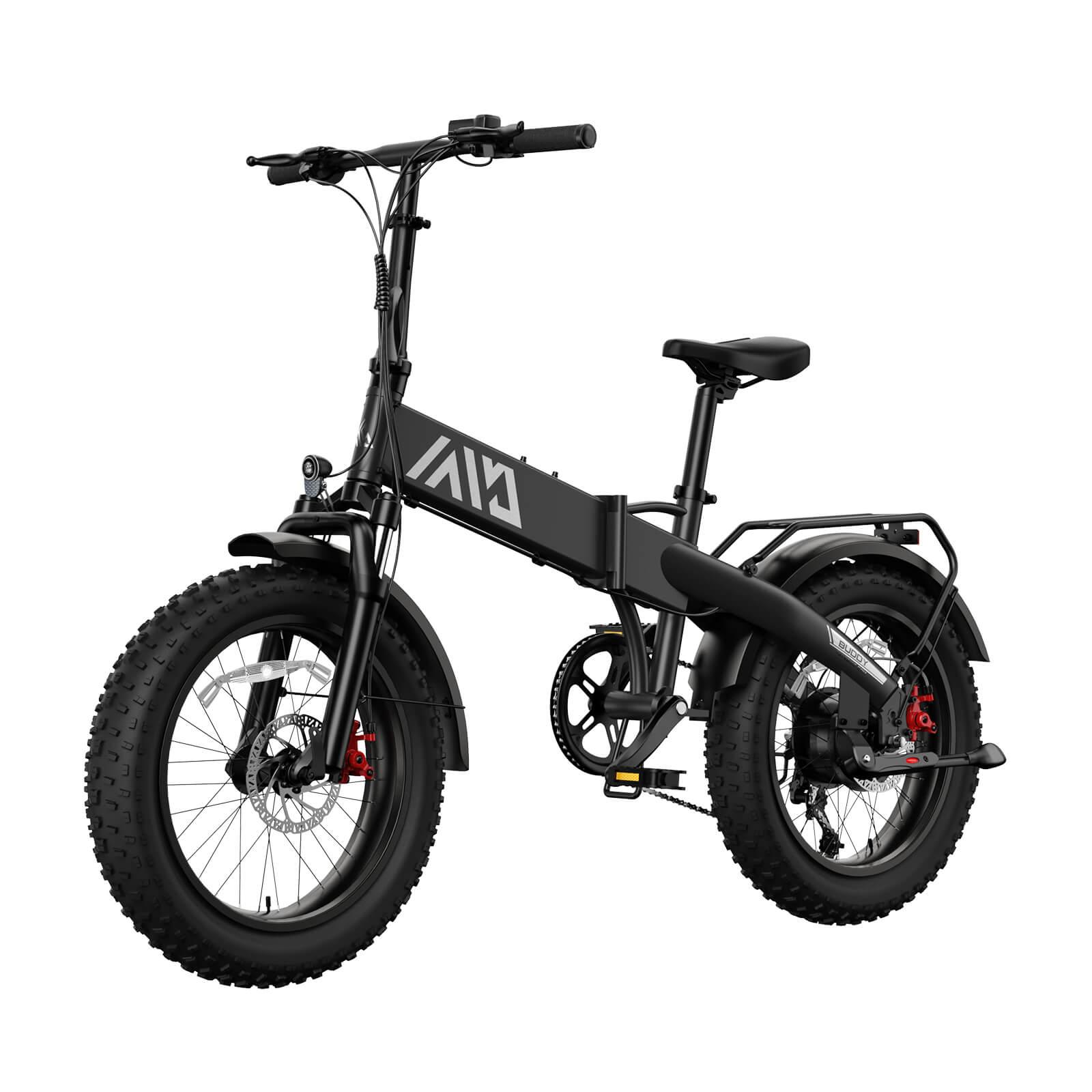
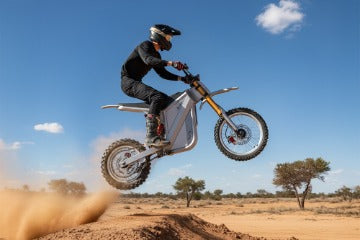
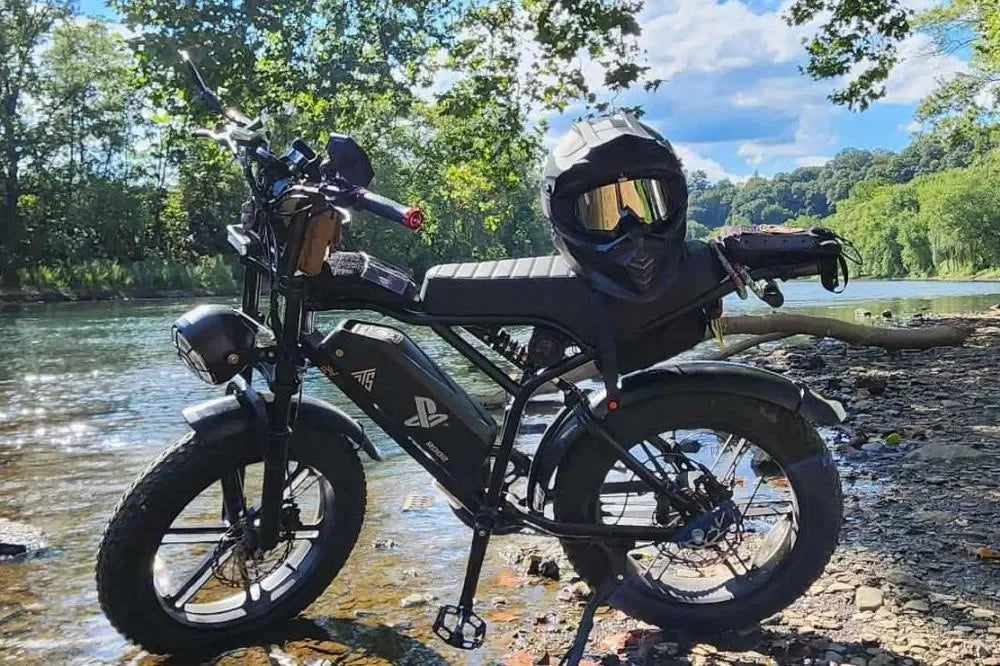
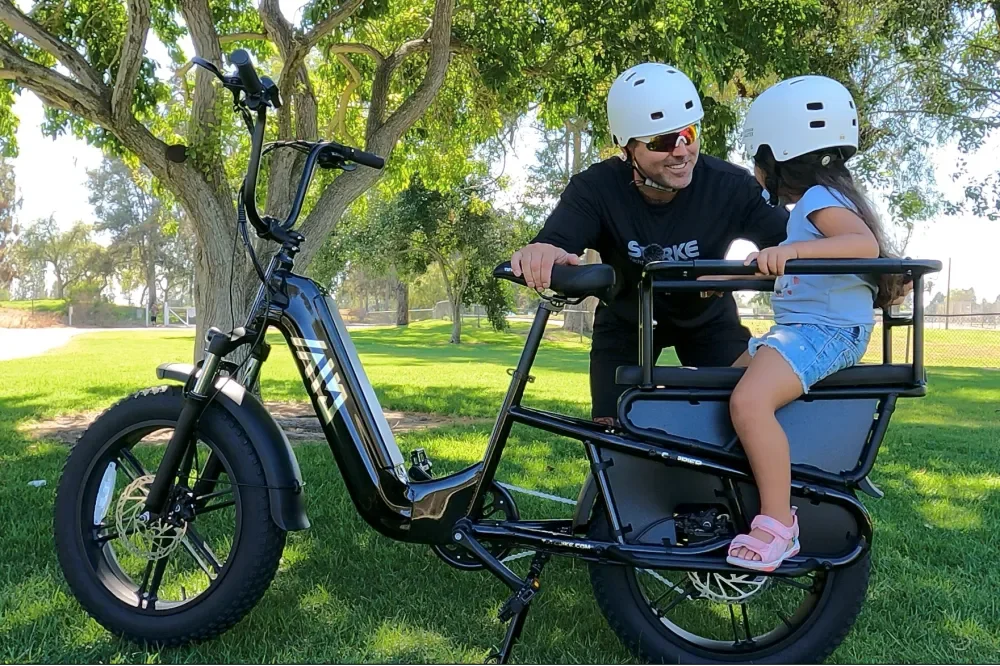

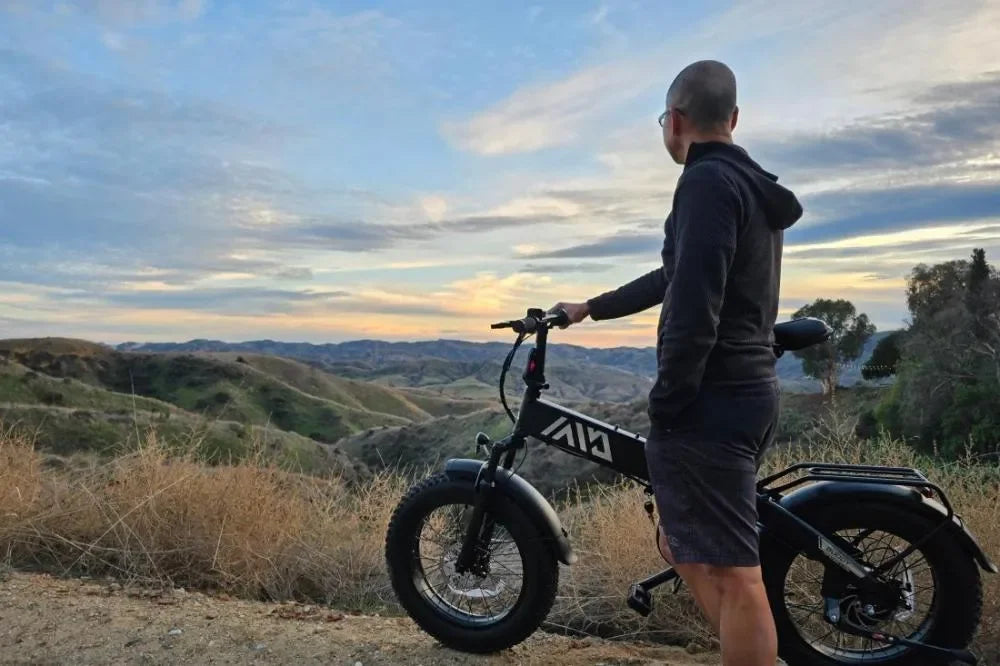
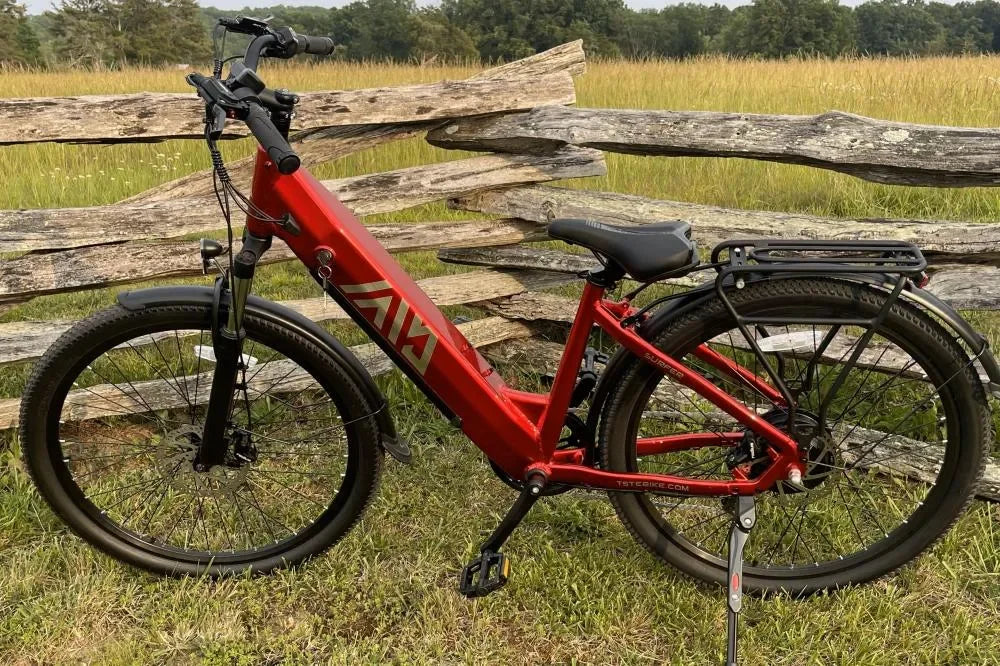
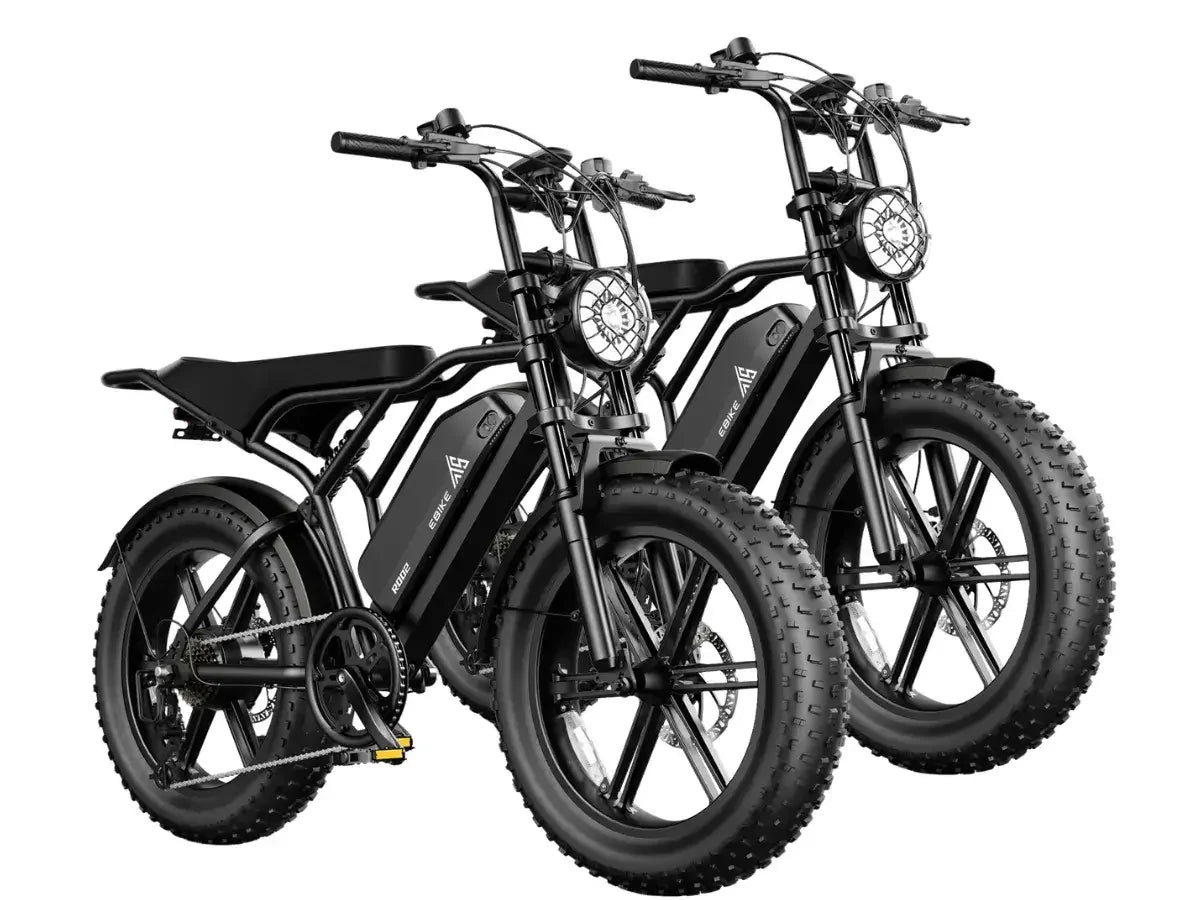
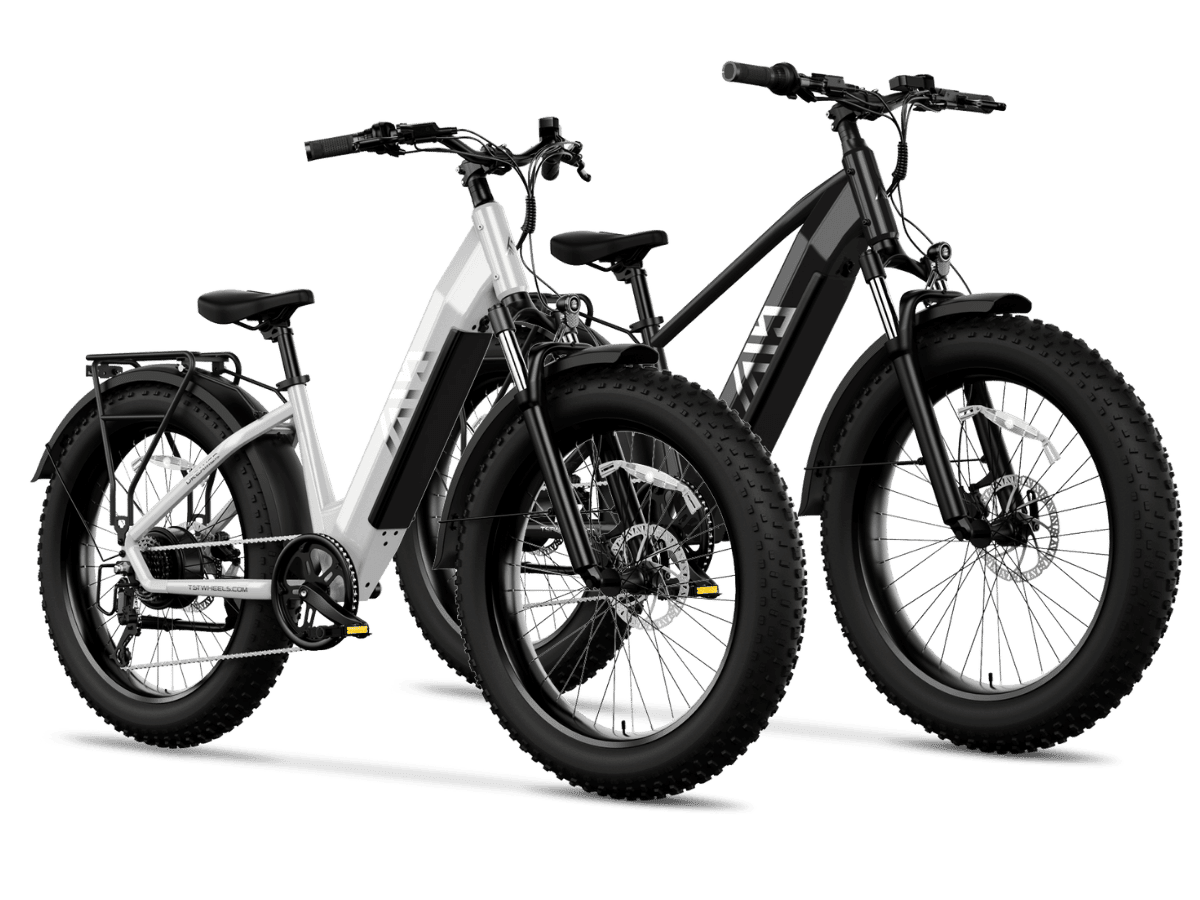
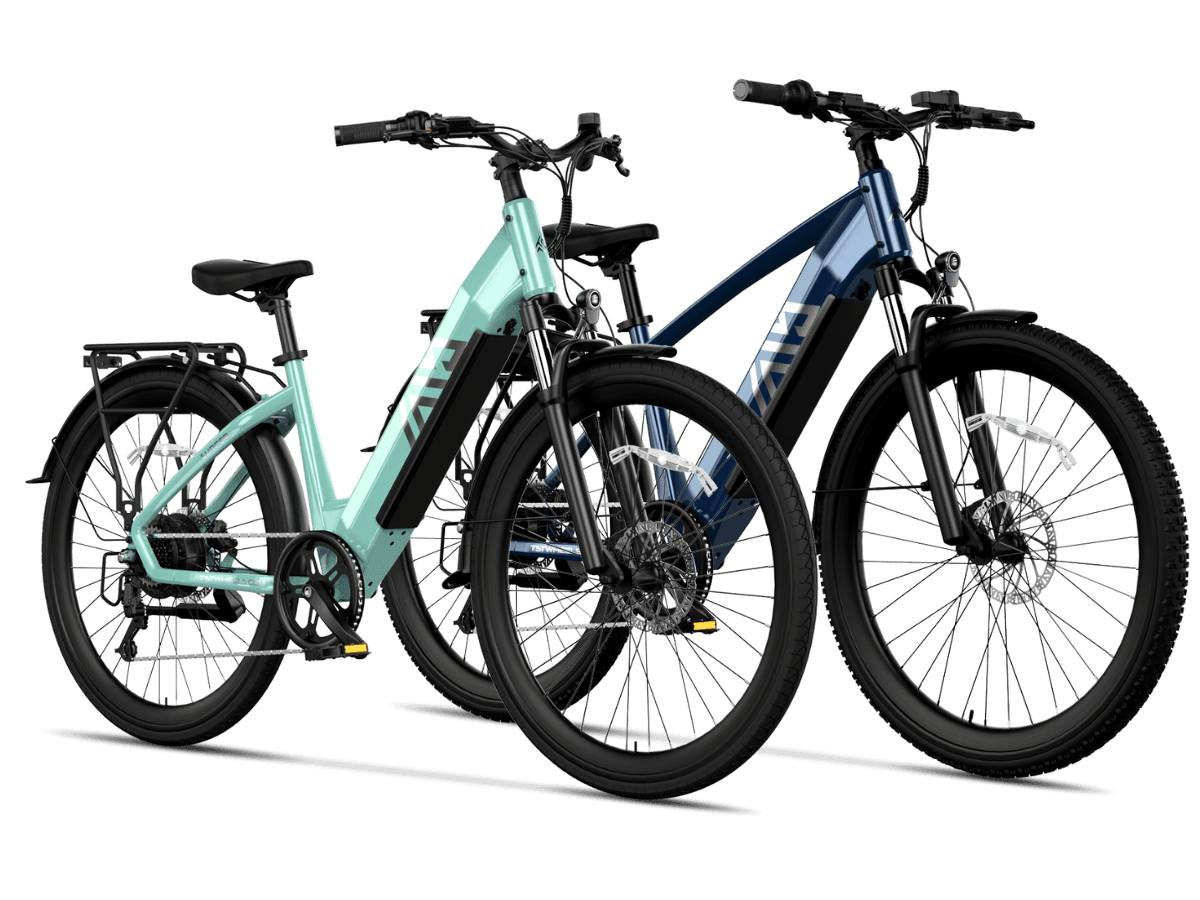
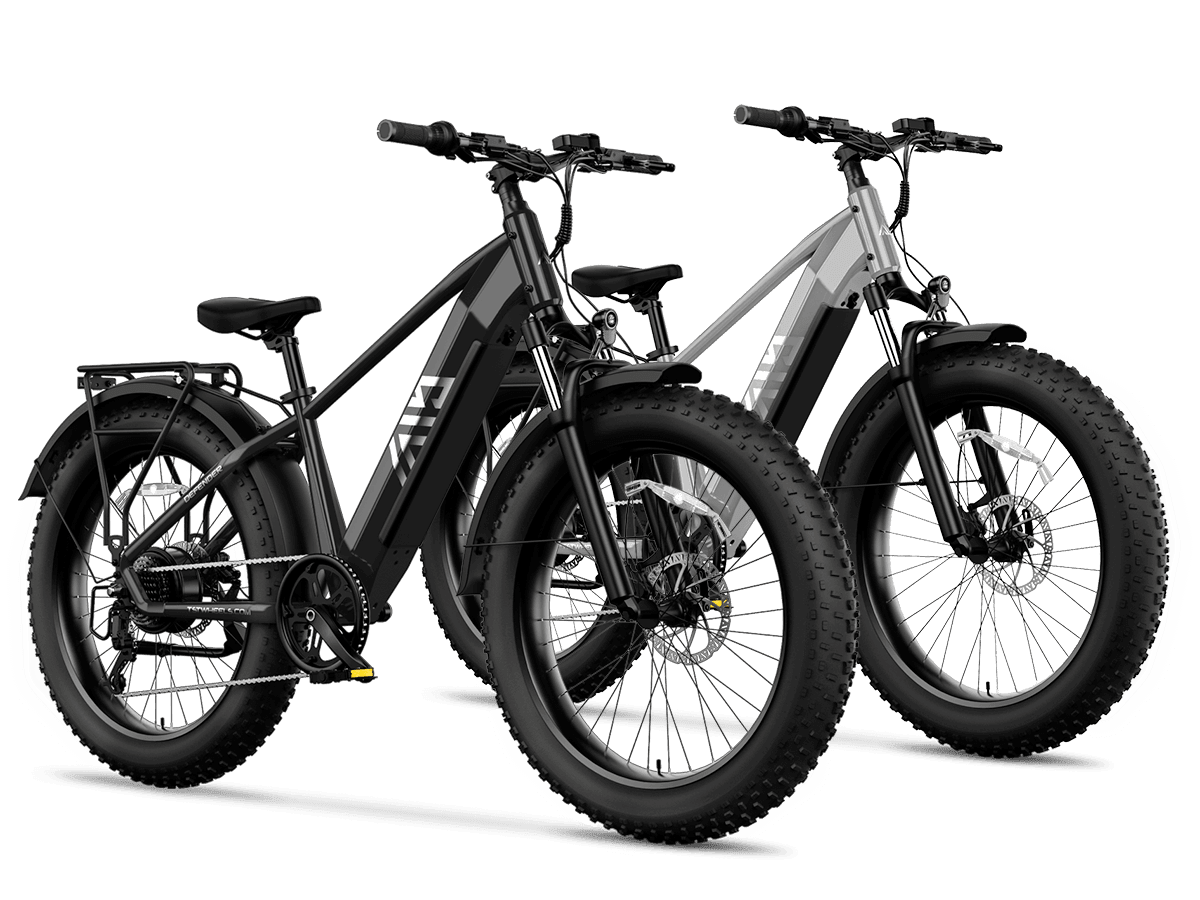
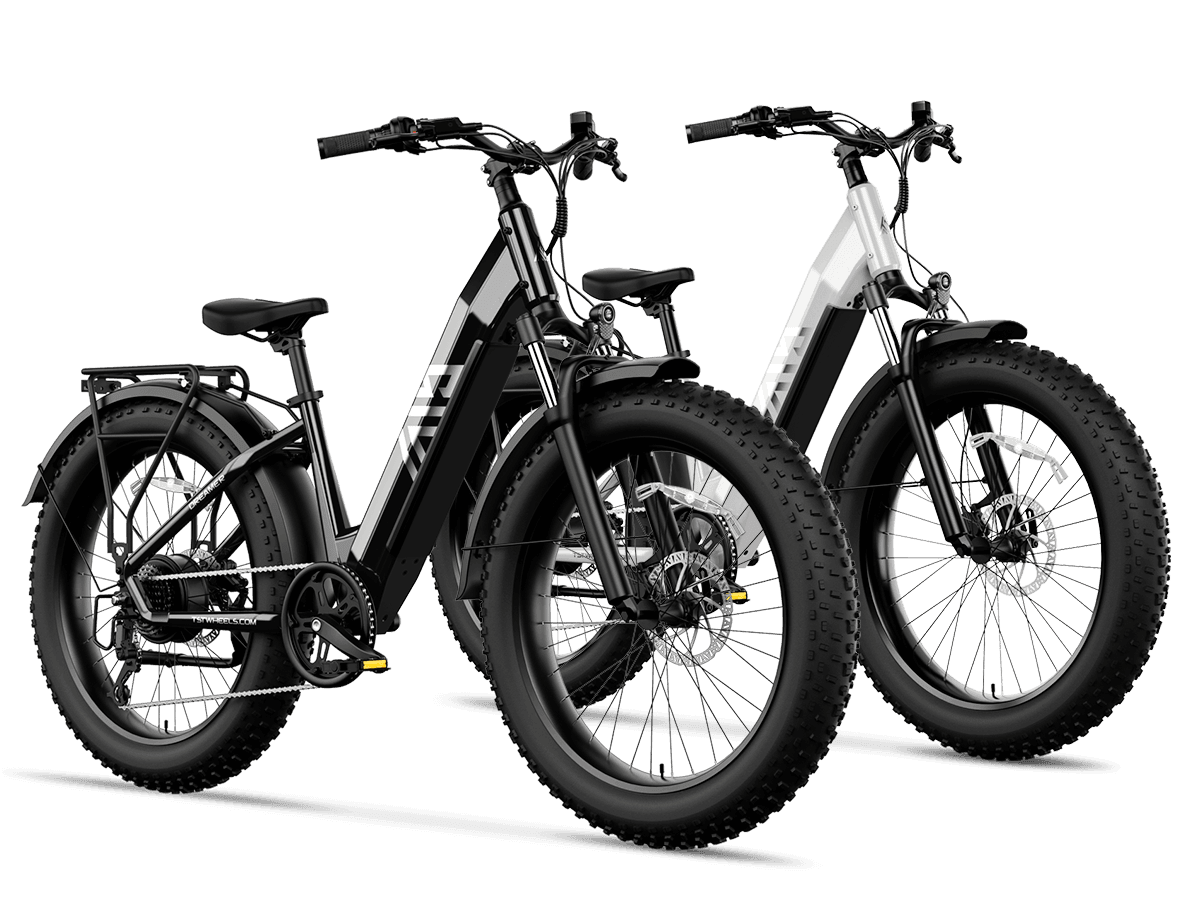
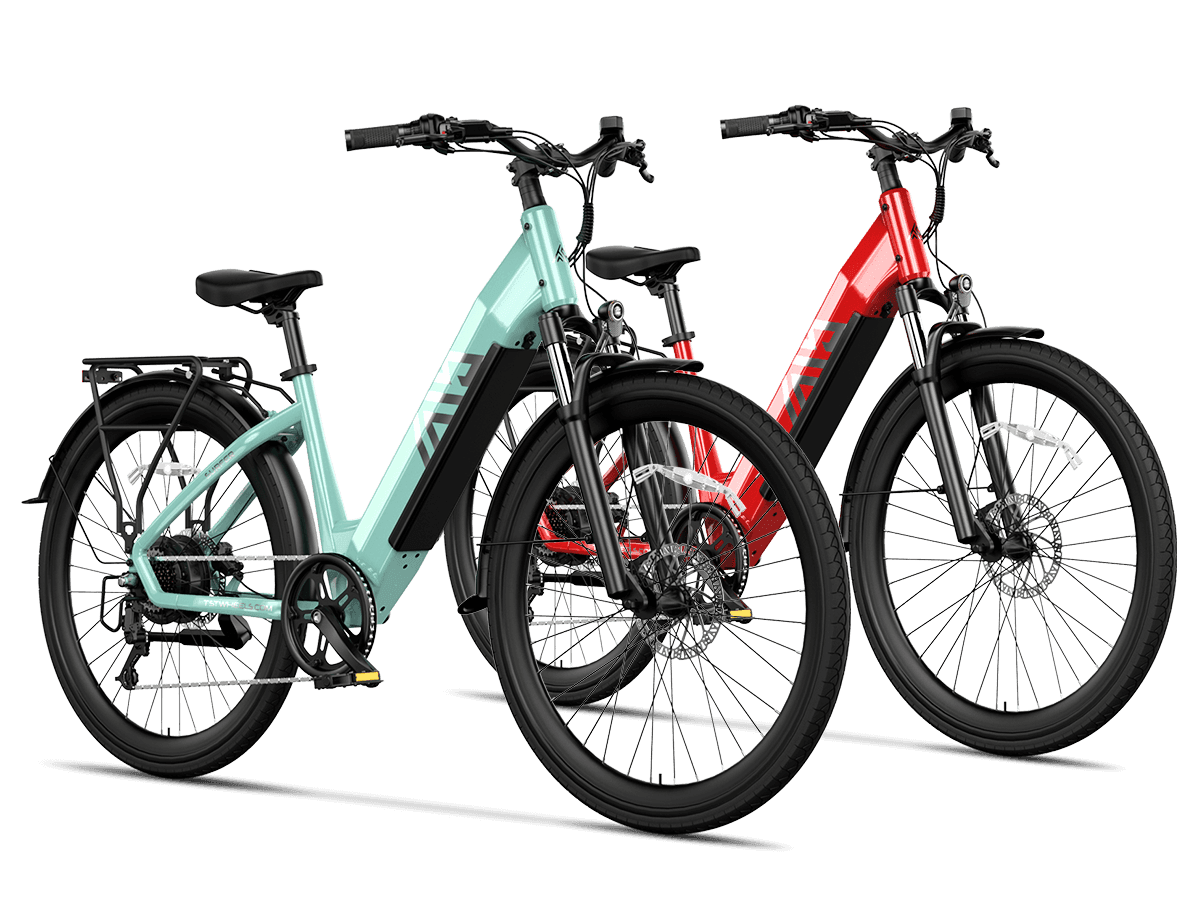
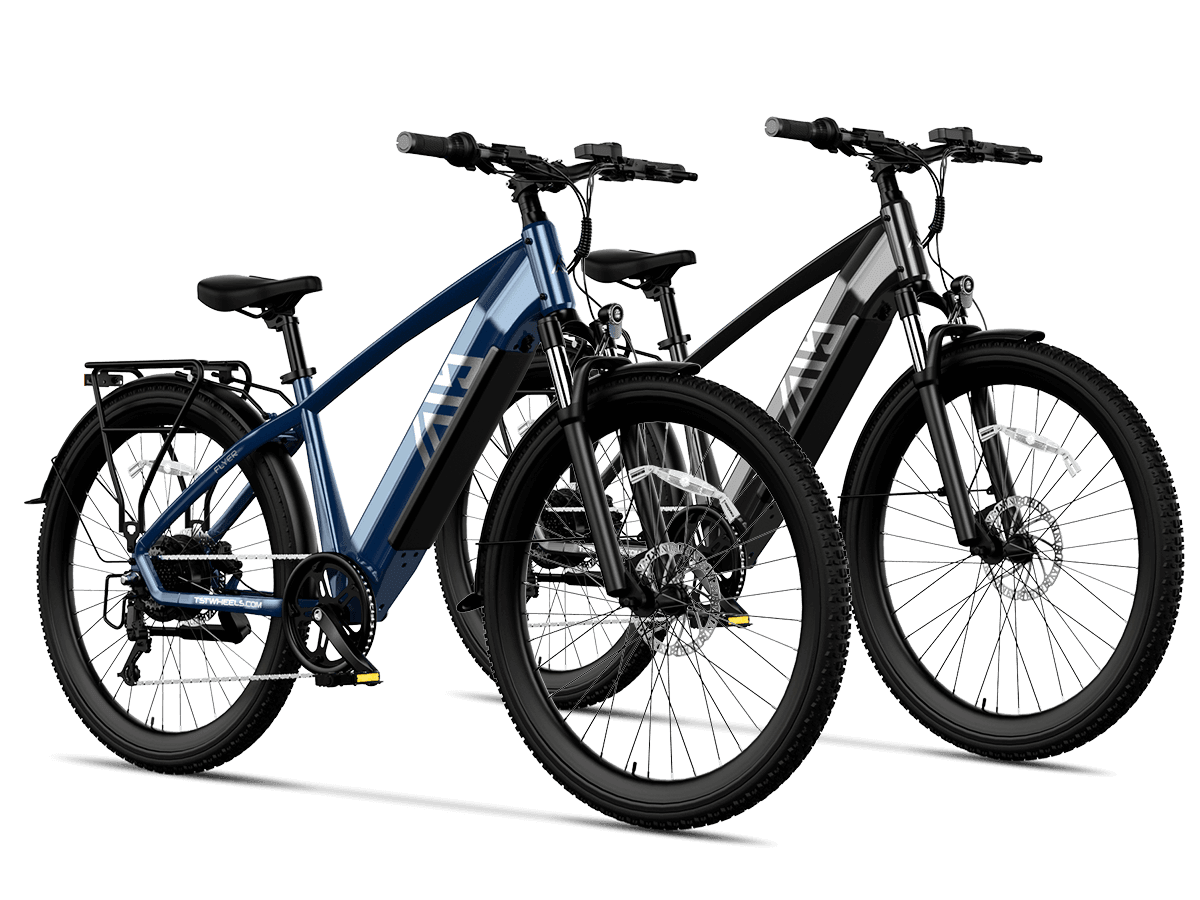
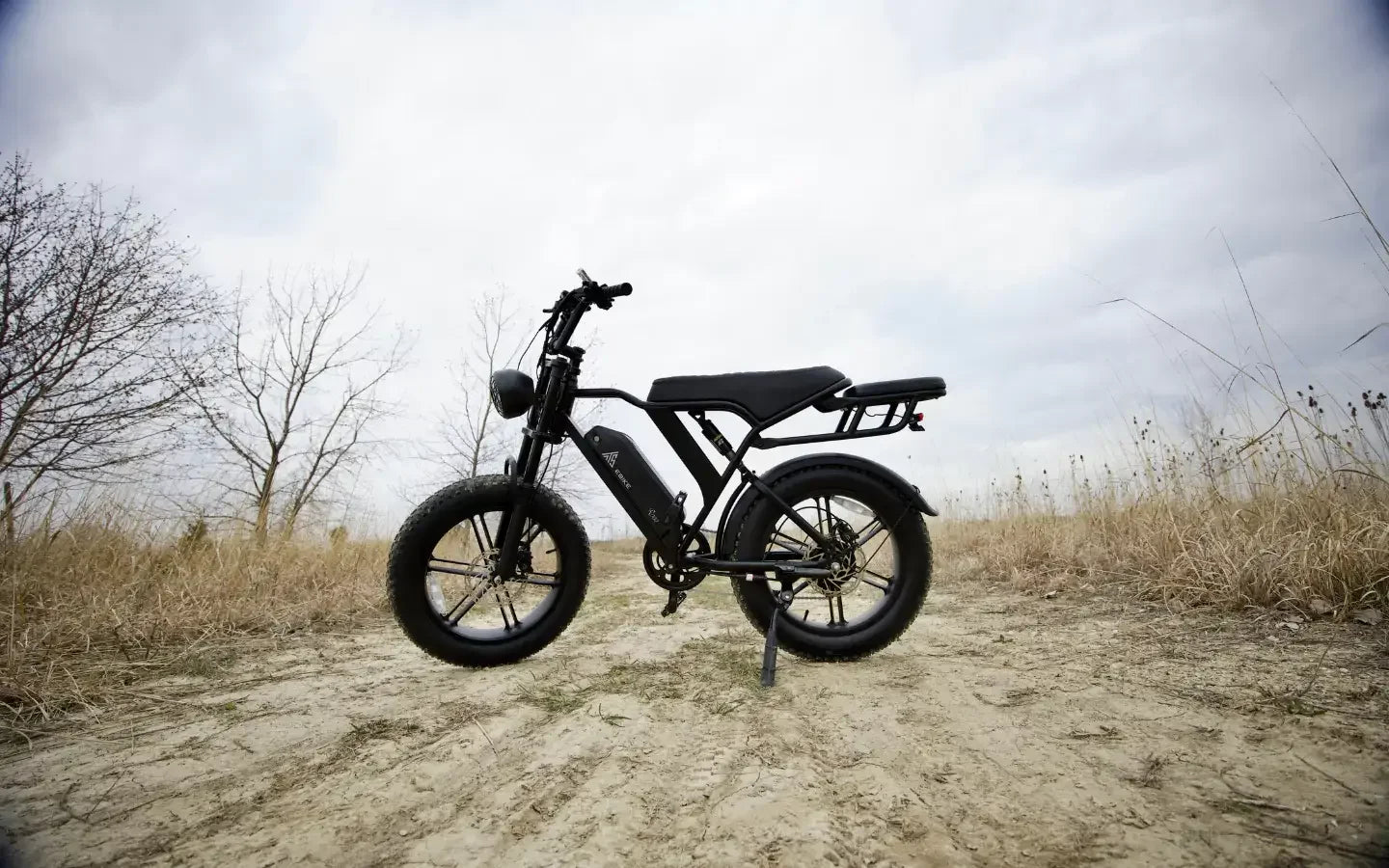
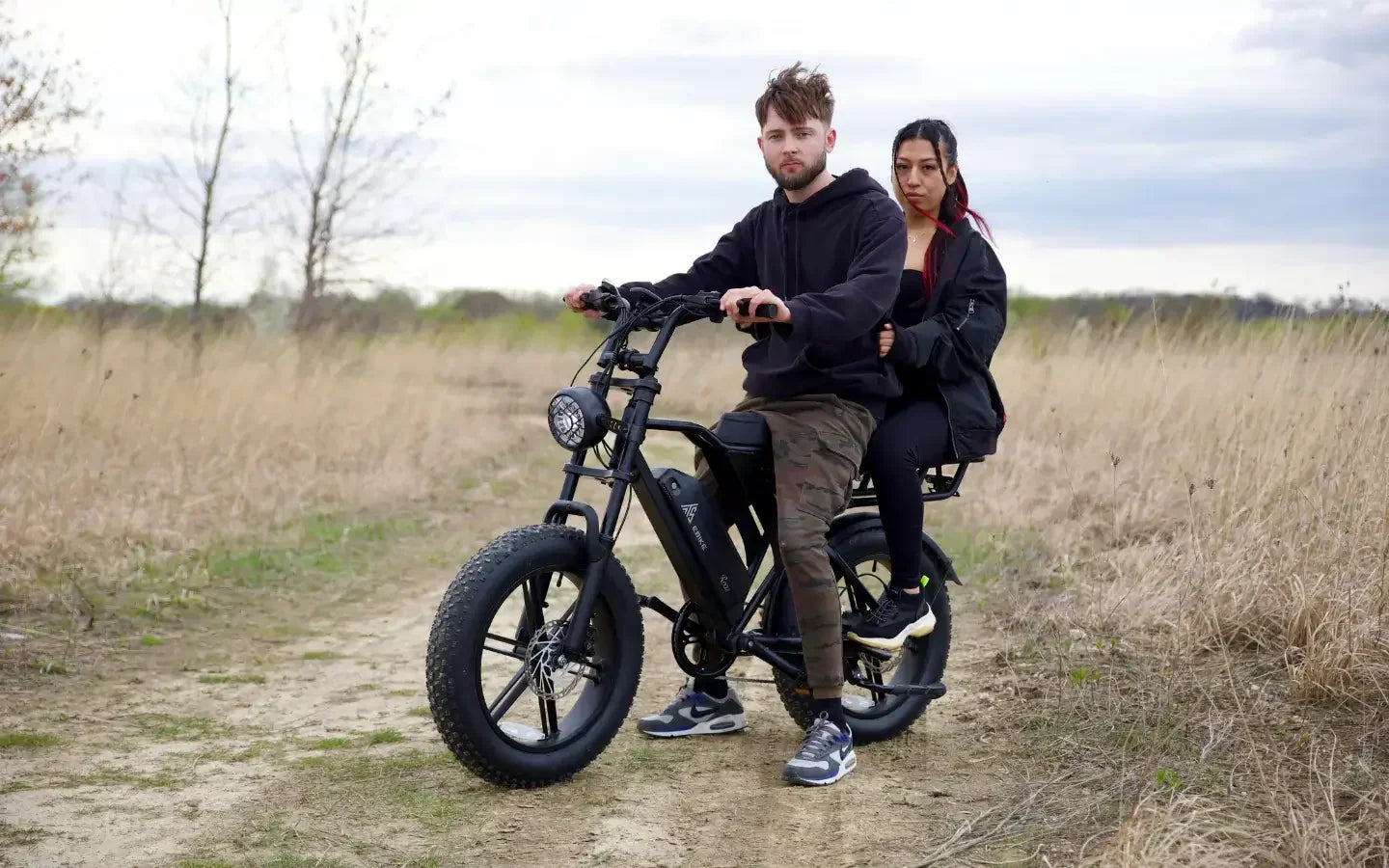
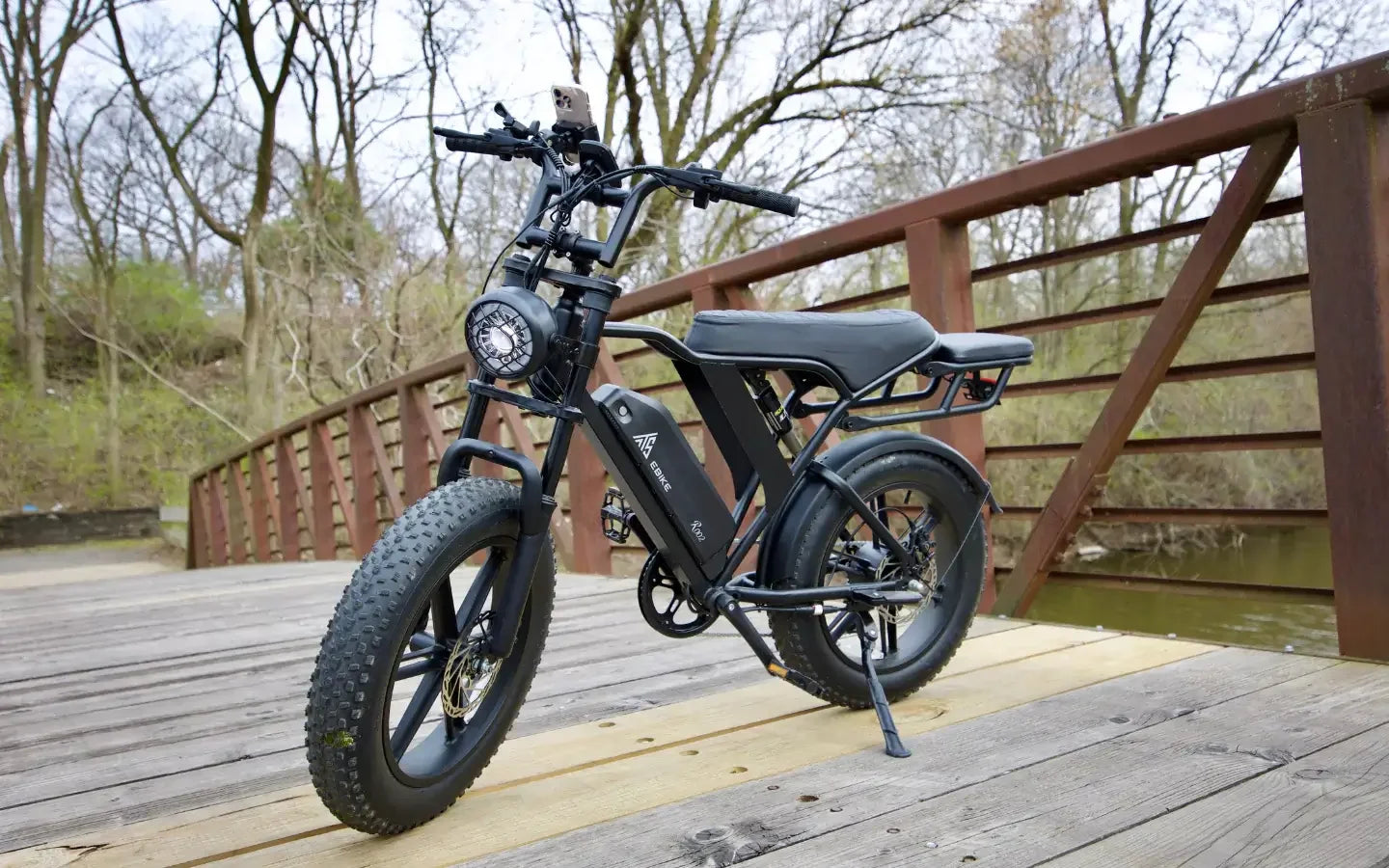
Leave a comment
This site is protected by hCaptcha and the hCaptcha Privacy Policy and Terms of Service apply.